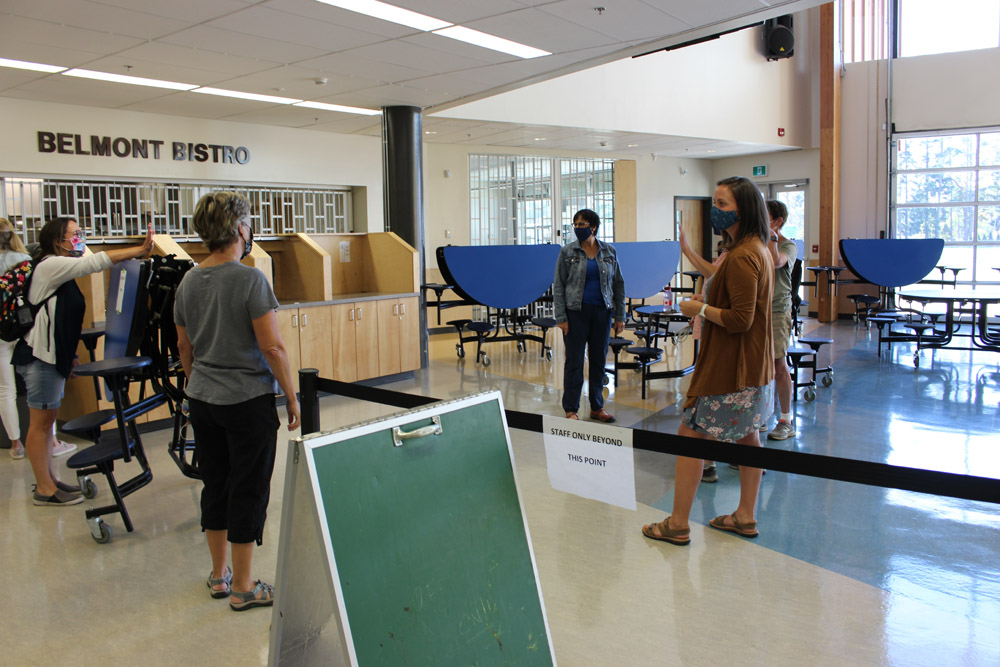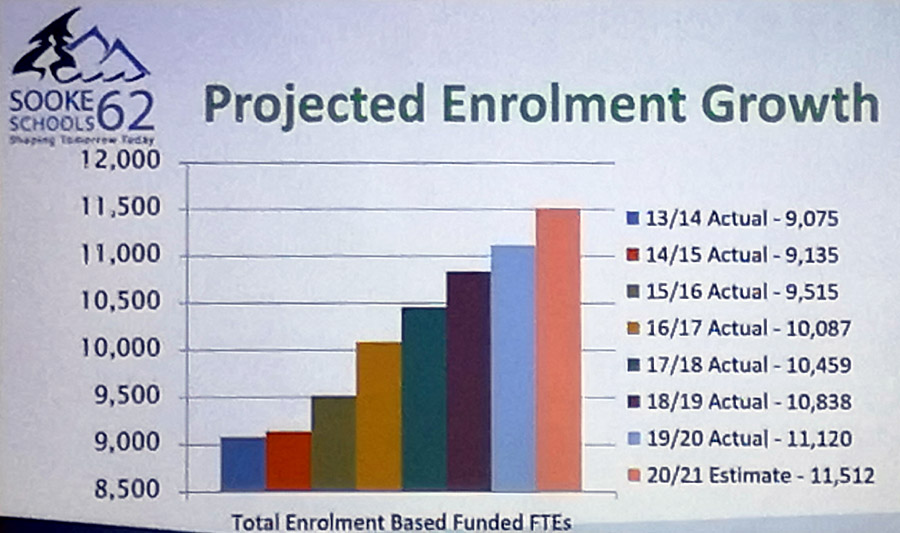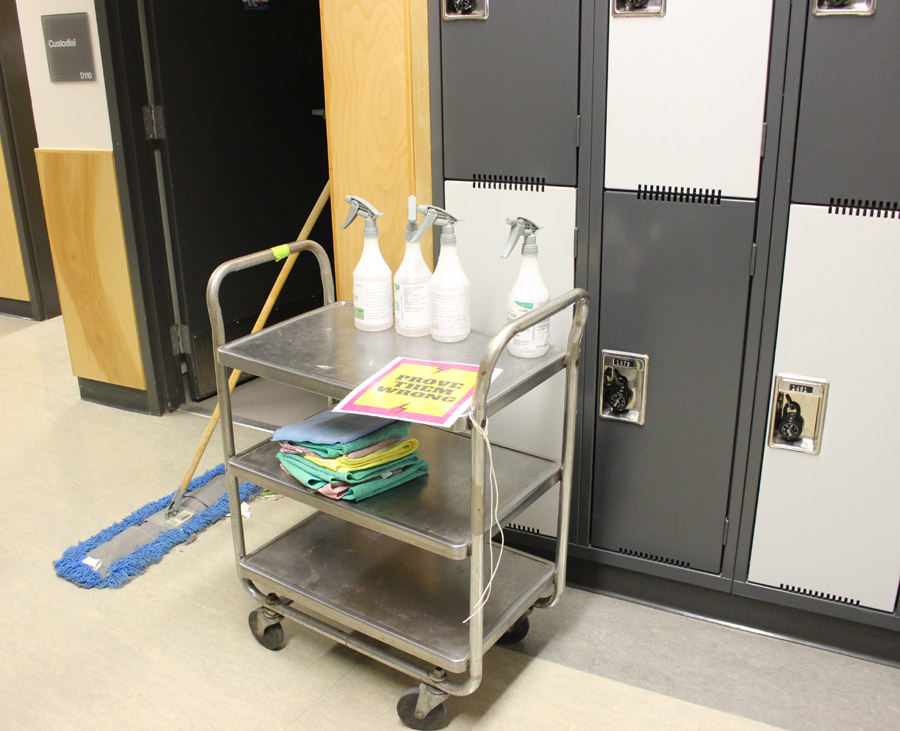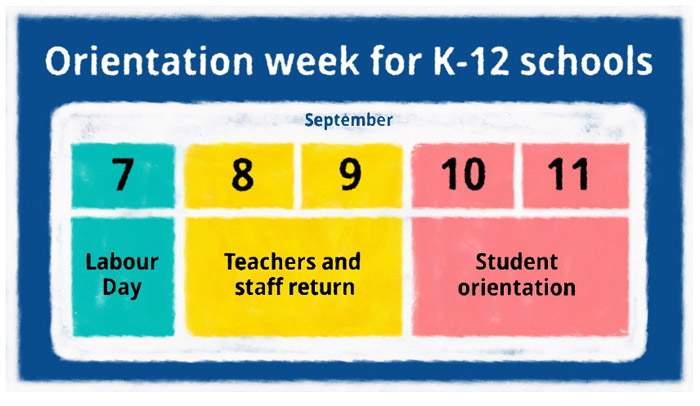
Thursday September 10, 2020 | VICTORIA, BC
by Mary P Brooke, Editor | Island Social Trends
Each year school districts in BC are funded through the Ministry of Education on a per-pupil basis. During the COVID-19 pandemic that will not change for the 2020/21 school year.
The funding rates and model announced in March 2020 will be in place for the 2020/21 school year, even though education will be delivered quite differently this school year, through a combination of (officially mandatory) in-class learning, remote learning (with option to return back to in-class), distance learning (mostly Grades 9 to 12), and homeschooling.
The full BC’s Back to School Plan was last updated September 4, 2020.
The formula:

“The ministry provides funding directly to boards of education through a formula that considers many factors to ensure all boards of education have the ability to delivery a similar level education,” said a Ministry spokesperson.
The per-pupil funding amount is set by the Ministry of Education each year. Schools must confirm their enrollment by September 30 each year for that academic year. Government is providing an additional $133.6 million in operating grants to school districts this year for a total of about $5.536 billion.
For 2020/21 the per-pupil amount is $7,560 per student (up $92/student from last year), with top-ups depending on the student category, including students with special needs, English/French language learners, Indigenous Students, non-graduated adult education, and student location.
Operational funding:
Operational funding for public schools is achieved by applying the ‘per-pupil’ basic amount times the number of students enrolled for the academic year.

This operational funding is what comprises the bulk of any school district’s budget, frequently further topped up with revenues from facility rentals, international student fees, and other administrative or transportation service fees.
There are 60 school boards across the BC public education system, each with unique features and challenges including some being rural or in widespread geographical areas, or in fast-growing urban areas with high-density communities, or with various levels of cultural diversity in the local community. Each school district also works to incorporate indigenous learning into its delivery of education, in ways appropriate to location.
The education funding formula also “provides funding stability by protecting against negative funding changes to the board of education as a result of enrollment changes or declines”, the Ministry has explained today in a statement to Island Social Trends. That includes additional funds for things like increases in custodial or transportation staffing and equipment in a growing school district, as one example.
“The ministry is also committed to stable funding to support students, schools and districts during the pandemic, by ensuring districts have funding stability regardless of parent choice in programs or enrolment,” the Ministry said in a statement.
Additional provincial funds this year:
Additional funds to school districts have come through at least two major initiatives:

PROVINCIAL: This summer the Ministry of Education announced $45.6 million in additional funding toward health and safety measures, within the BC Back to School Plan. That has been distributed to school districts on a per-pupil basis to help with back-to-school which began this week.
The $45.6 million investment includes:
- $23 million for more staff and staff time for cleaning schools
- $9.2 million for hand hygiene
- $5.1 million for cleaning supplies
- $2.2 million for reusable face masks for students and staff
- $3 million to support remote learning, including:
- Technology loans
- Software to support students with disabilities or complex needs
- $3.1 million to independent schools
FEDERAL: For the first time, the federal government has delivered funding to the provinces for education support.
Education is a provincial responsibility but during COVID-19 it was apparent to the Prime Minister (through influence from BC Premier John Horgan and the premiers of Manitoba and Yukon) that the health and safety of students, teachers and communities at large will be impacted by how safe schools are as Canadians head into the respiratory illness season.
The presence of the COVID-19 virus will compound the annual fall/winter flu season. The well-being of students, their families, and teachers underpins a continued economic recovery.
BC’s share of the federal government’s $2-billion safer return to school fund is about $242.4 million (half received in September 2020 and the other half coming in January 2021). That is being allocated on a per-student basis to each of the school districts, providing even more resources to deal with pandemic-related overhead.
Orientation Week:

Teachers were in schools during this orientation week on September 8 and 9 to set up their classrooms (e.g. spacing desks) and to run through the various health and safety protocols setups in schools such as directional floor signage, hand sanitizing stations, and orienting to which entry/exit doors will be used for which classrooms.
Some guidance on trauma-informed handling of student anxiety has also been delivered to teachers this week.
Students have started going back to class today September 10 to get oriented to their new classroom spaces and protocols for movement in hallways and common areas. That continues tomorrow. Full in-class attendance starts September 14, in which over 80% of students across BC are expected to take part (as announced by Premier John Horgan last week).



